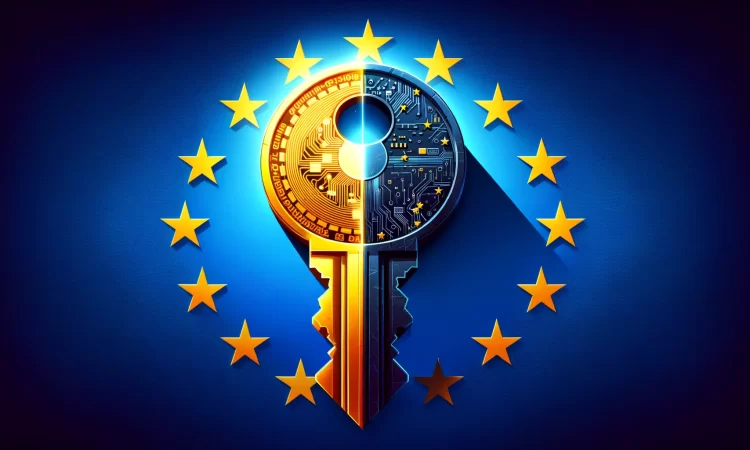
The European Union Innovation Hub — a collaborative effort among various EU agencies and member states — has recently published its inaugural report on encryption. The report highlights the dual nature of cryptographic technologies, acknowledging their potential for both positive and negative applications.
Just published: new report on the use of encrypted communications in criminal investigations.
The report, from the EU Innovation Hub, stresses balance between security & privacy.
Download here
https://t.co/wJUocAi32y pic.twitter.com/dA9dbfVSwx
— Eurojust (@Eurojust) June 10, 2024
The report recognizes the integral role of public-private cryptography in the functioning of cryptocurrencies and non-fungible tokens (NFTs), which rely on these technologies for storage, mining, and transfers. However, it also points out that some malicious actors exploit the system to evade law enforcement, particularly through the use of protocols and privacy coins that can obscure visibility on the blockchain.
An evolving landscape
The EU Innovation Hub specifically identified cryptocurrencies such as Monero (XMR), Zcash (ZEC), Grin (GRIN), and Dash (DASH), as well as layer-2 initiatives, zero-knowledge proofs, crypto mixing services, and non-compliant crypto exchanges, as facilitators for bad actors to launder funds. The report states:
Mixers and privacy coins have been complicating tracing for years, but Mimblewimble and zero-knowledge proofs are relatively new developments that can also obscure the visibility of cryptocurrency addresses, balances and transactions.
Crypto hackers and scammers often use services like Tornado Cash to siphon stolen funds and deter traceability. However, this does not completely impede investigations:
All of these developments can still be investigated by law enforcement authorities, when access to the private keys of the suspect are gained.
The report was created by six members of the EU Innovation Hub for Internal Security: Europol, Eurojust, the European Commission’s Directorate-General for Migration and Home Affairs, the European Commission’s Joint Research Center, the European Council’s Counter-Terrorism Coordinator, and the European Union Agency for the Operational Management of Large-Scale IT Systems in the Area of Freedom, Security and Justice.






